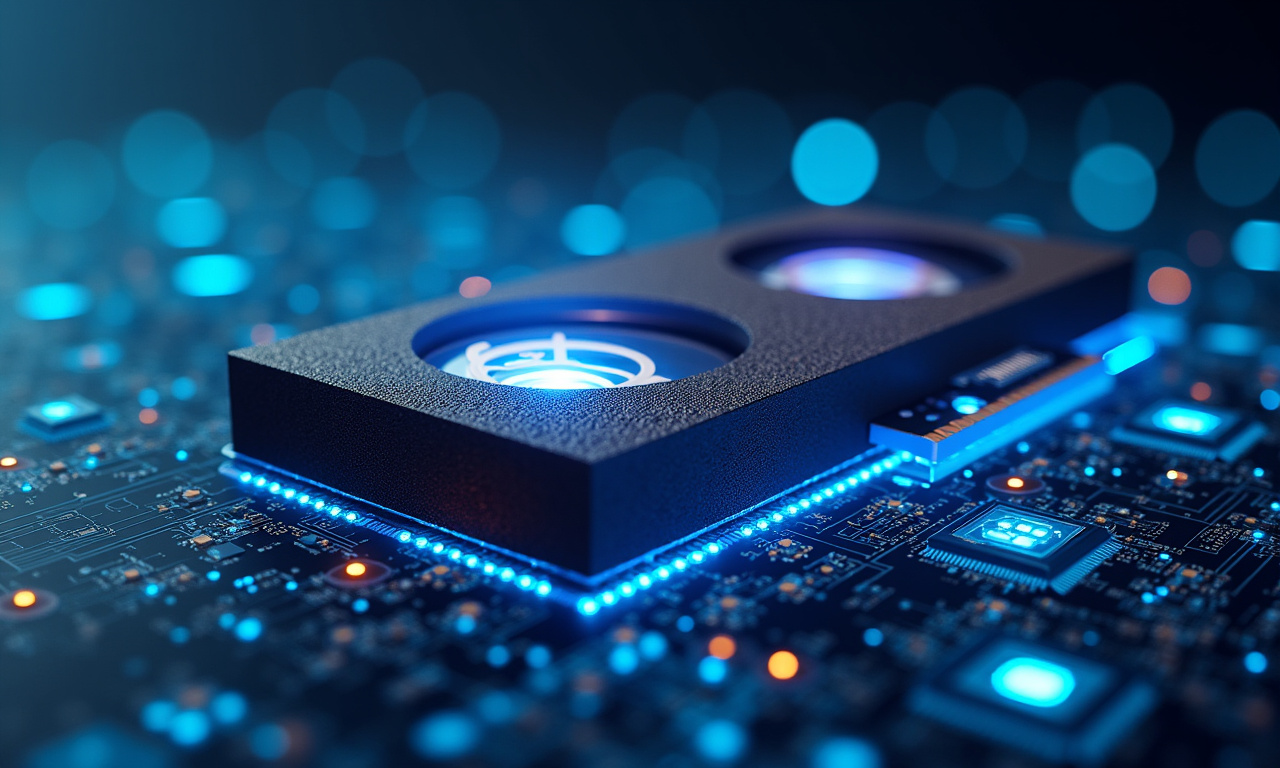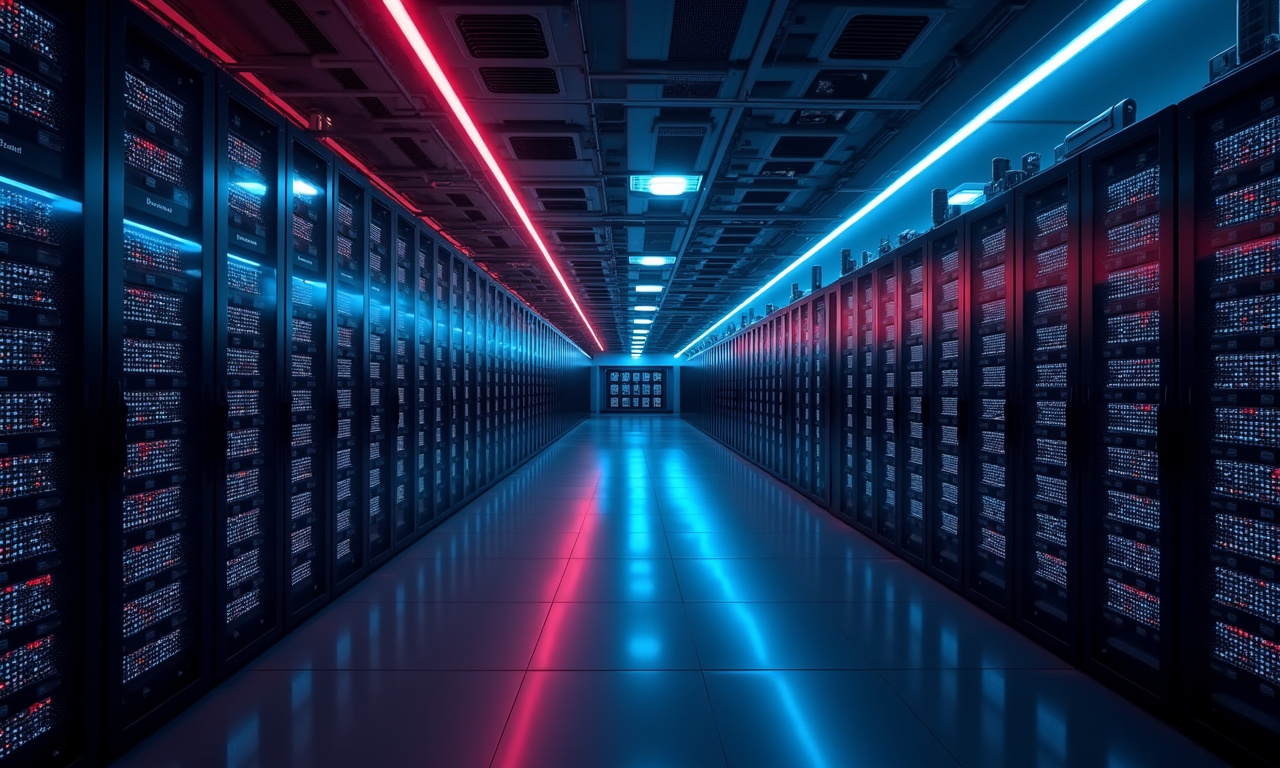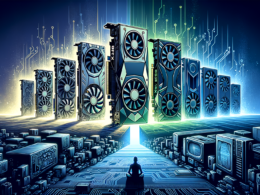In a world where technology changes faster than you can say ‘AI’, Huawei is making waves. The Chinese tech giant’s recent unveiling of its CloudMatrix 384 system at the World Artificial Intelligence Conference in Shanghai has everyone talking. Promising to rival industry stalwart Nvidia, Huawei’s latest foray into AI could be a game-changer.
Here’s the lowdown
Huawei’s CloudMatrix 384 is causing quite the buzz, and for good reason. Designed to compete with Nvidia’s high-end GB200 NVL72 AI infrastructure, this new system is pushing boundaries and expectations. Unveiled at a conference attended by a bevy of tech firms, Huawei’s display was among the most discussed and, according to Reuters, had one of the most packed booths. People were eager to get a glimpse of what could be the future player in AI platforms.
The specifications speak to Huawei’s ambitions. The CloudMatrix 384 is reportedly structured to rival Nvidia’s beast, which includes 36 Grace CPUs and 72 Blackwell GPUs operating together in a unified rack. In essence, this creates a single massive GPU, notably boosting the AI system’s capability to handle massive computational loads in real-time. Huawei’s counterpart aims to match this level of sophistication, challenging the perception that Nvidia holds all the cards.
Meanwhile, the unveiling comes amid global trade discussions and tension, where tariffs and restrictions have been the norm. Many see Huawei’s competitive leap as a response to these limitations, with China accelerating its tech advancements as a counter-strategy. The US tech czar David Sacks had noted potential repercussions of current trade policies, and it seems Huawei’s progress is underscoring the point.
Yet, there are unanswered questions. While excitement surrounds the CloudMatrix 384, Huawei has kept additional details under wraps, creating an air of mystery that leaves many speculating about the system’s true specifications and performance metrics. However, industry analysts suggest that regardless of the secrecy, Huawei is clearly ramping up efforts to take a bite out of Nvidia’s market share.
This development could alter the landscape for AI technologies, as companies worldwide continue competing for supremacy in AI capabilities. Whether Huawei can maintain its momentum and deliver results that can square off against Nvidia remains to be seen, but the race is on, and it’s worth watching closely.









